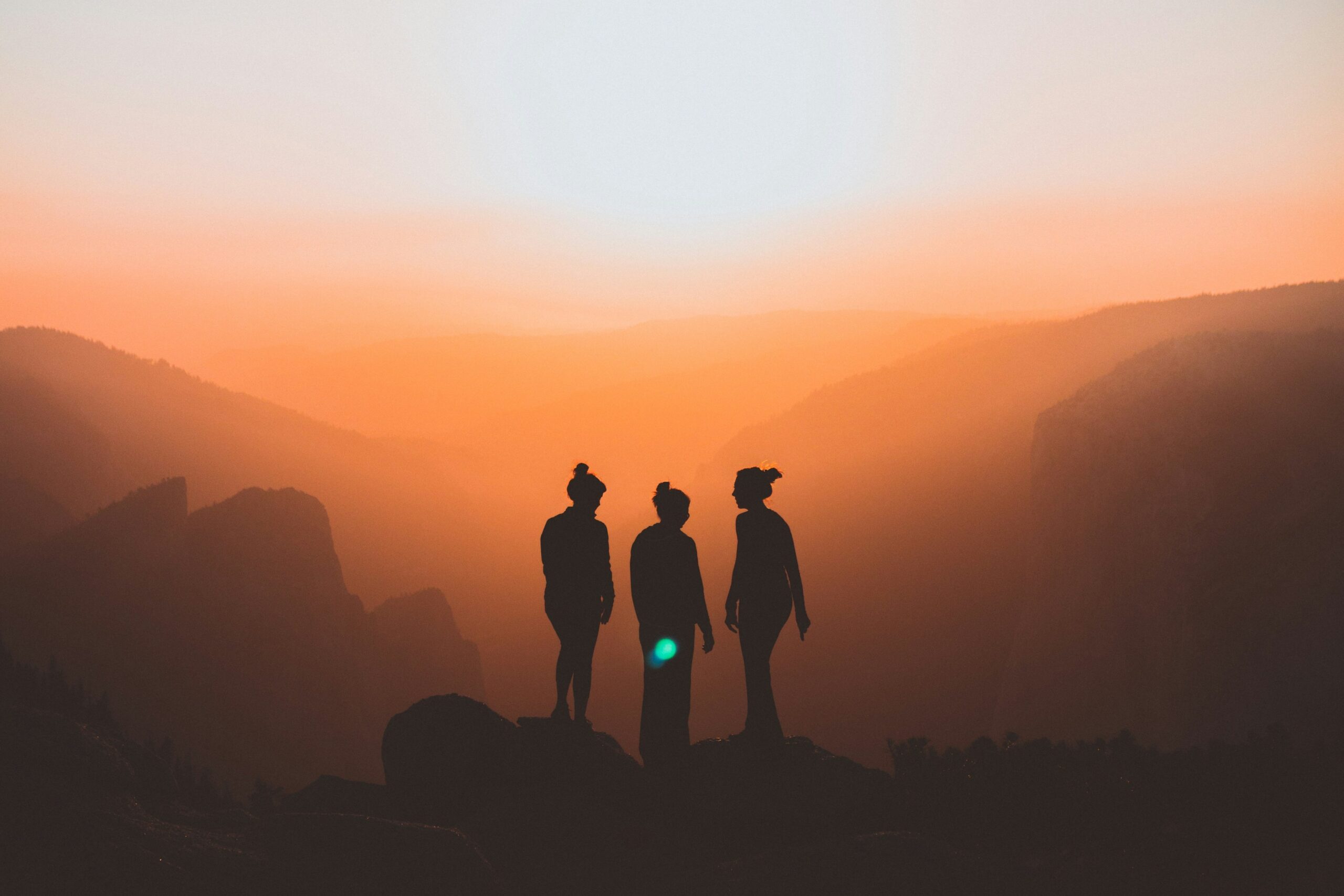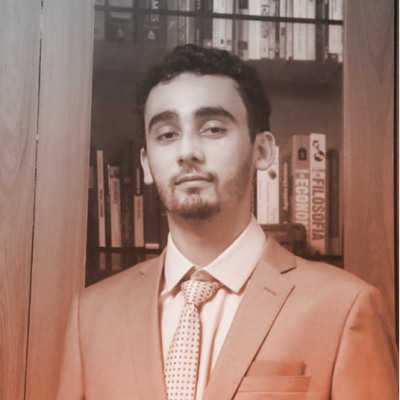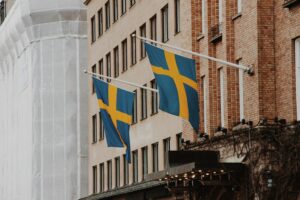(English below)
A comemoração do dia internacional da mulher é um momento de reflexão, onde devemos relembrar as vitórias do recente passado para enfrentar os vivos desafios do presente, pela igualde entre mulheres e homens. Os desafios, porém, ainda são muitos, e enquanto vários deles são claros e explícitos como a violência de gênero, outros deles são sorrateiros, afetando mulheres sem receber a devida atenção midiática. Um exemplo de uma oculta – e expressiva – desigualdade de gênero é o tópico abordado no recente relatório da Organização das Nações Unidas para Alimentação e Agricultura (Food and Agriculture Organization of the United Nations), ou FAO: O desigual impacto das mudanças climáticas sobre mulheres, crianças e a população rural pobre.
O estudo da vulnerabilidade climática não é uma proposta nova, e relatórios do início dos anos 2000 até hoje abordam o desproporcional impacto do clima extremo sob grupos marginalizados, inclusive sobre a perspectiva da desigualdade de gênero. No entanto, pesquisas concretas de grande escala acerca do impacto das mudanças climáticas sob mulheres ainda não haviam sido conduzidos – isto é, até agora.
O relatório “O clima injusto: medindo o impacto das mudanças climáticas sob a pobreza rural, mulheres e a juventude” da FAO (2024) é o primeiro a apresentar evidências da desigualdade de gênero em um escopo tão grande, abordando 24 países da América do Sul, África e Ásia. Suas conclusões são chocantes: famílias rurais lideradas por mulheres experimentam reduções salariais de USD 16 e 37 bilhões relativas a enchentes e ao calor extremo em comparação às por homens, apesar de possuirem equivalentes habilidades de gestão de terras e cultivo, ainda que mulheres aumentem sua carga de trabalho muito mais que homens ao enfrentarem eventos climáticos. Mesmo assim, essas gritantes diferenças não levaram a a um aumento proporcional em políticas inclusivas, e apenas 6% de 4164 ações de combate ao clima contemplam diferenças de gênero.
Ao prosseguir em comentar um tema tão complexo arriscaria assumir o papel de diletante – mas fazer uma crítica completa sobre o tema não é minha intenção. Meu ponto é que este é apenas um dos vários – muitos – obstáculos ao alcance da igualdade de gênero, e inúmeros deles são “invisíveis”, ignorados. Meu ponto é que problemas como o uso da nefasta teoria da alienação parental e outras pseudociências apenas agora estão sendo trazidos à luz, após décadas de árduos esforços e lágrimas de mulheres e crianças, enquanto outros são varridos para baixo dos tapetes. Meu ponto é que celebrar o dia da mulher é perceber as nuances terríveis de uma realidade oculta a quem não a sentiu na pele, especialmente homens e uma minoria privilegiada.
Cláudia Galiberne Ferreira –
Somos aproximadamente 8 bilhões de seres humanos no mundo. Desse total, as mulheres representam quase metade da população global.
E ainda assim, em pleno século XXI, elas ainda são as grandes vítimas de todos os tipos de violência e injustiças sociais e econômicas, justificadas por relativismos morais, culturais e religiosos – violências e injustiças perpetradas por homens e também por outras mulheres que, na tentativa de alcançar a tão merecida igualdade, esqueceram da sensibilidade e da ternura que as define e as torna tão especiais
Que as mulheres possam resgatar o orgulho de ser mulher, de ser, pensar e agir de forma diferente dos homens, o que não as diminui, pelo contrário, as engrandece.
(English version)
A reflection on the international women’s day
Heitor Ferreira Gonzaga –
The commemoration of the international women’s day is a moment of reflection, where we must remember the victories of a recent past to confront the living challenges of the present, for equity among women and men. The challenges, however, are still many, and while some of them are clear and explicit like gender-based violence, others are elusive, affecting women without due mediatic attention. An example of a hidden – yet expressive – gender inequality is the topic approached in a recent report from the Food and Agriculture Organization of the United Nations, or FAO: the unequal impact of climate change upon women, children and the rural poor.
The study of climate vulnerability isn’t a new proposal, and reports from the beginning of the 2000 until today discuss the disproportional impact of extreme weather on marginalised groups, including the perspective of gender inequality. However, concrete large-scale research on the consequences of climate change to women still hasn’t been conducted – that is, until now.
The report “The unjust climate: measuring the impacts of climate change on rural poor, women and youth” from FAO (2024) is the first to present evidences of gender inequality in such a large scope, covering 24 countries from South-America, Africa and Asia. Its conclusions are shocking: Female-headed households suffer income losses of USD 16 e 37 billion relating to floods and heat stress in comparison to men-headed households, despite possessing equivalent plot management skills, even though women increase their workload significantly more than men when dealing with climatic events. Regardless, these screaming differences didn’t lead to a proportional increase in inclusive policies, and only 6% of 4164 climate actions contemplate gender differences.
In proceeding to comment on such a complex theme I would risk assuming the role of a dilettante – but making a complete crime about the topic isn’t my intention. My point is that this is just one of various – multiple – obstacles to reaching gender equality, and countless of them are “invisible”, ignored. My point is that problems such as the use of the nefarious parental alienation theory and other pseudosciences just now are starting to be exposed, after decades of arduous efforts and tears of women and children, while many others are swept under the rugs. My point is that celebrating the women’s day is perceiving the terrible nuances of a reality hidden to those who haven’t felt it on their skins, especially by men and a privileged minority.
Cláudia Galiberne Ferreira –
We are approximately 8 billions human beings in the world. Of this total, women represent nearly half of our global population.
Yet still, in the 21st century, they still are the greatest victims of all sorts of violence and social and socio-economic injustices, justified by moral, cultural and religious relativisms – violence and injustices perpetrated by men and also other women who, in trying to achieve their much-deserved equality, forget the sensibility and tenderness that should define and make them so special.
That women may rescue their pride of being women, and of being, thinking and acting in a way different than men, what doesn’t diminish them, on the contrary, exalts them.
Referências/References:
1. UNDP “GENDER AND CLIMATE CHANGE: Overview of linkages between gender and climate change (2016) <https://www.undp.org/sites/g/files/zskgke326/files/publications/UNDP%20Linkages%20Gender%20and%20CC%20Policy%20Brief%201-WEB.pdf>.
2. FAO “The unjust climate: measuring the impacts of climate change on rural poor, women and youth” (2024)<https://www.fao.org/3/cc9680en/cc9680en.pdf>.





